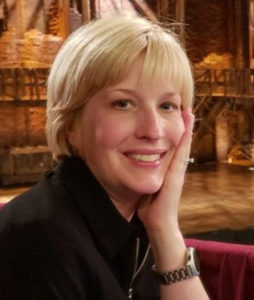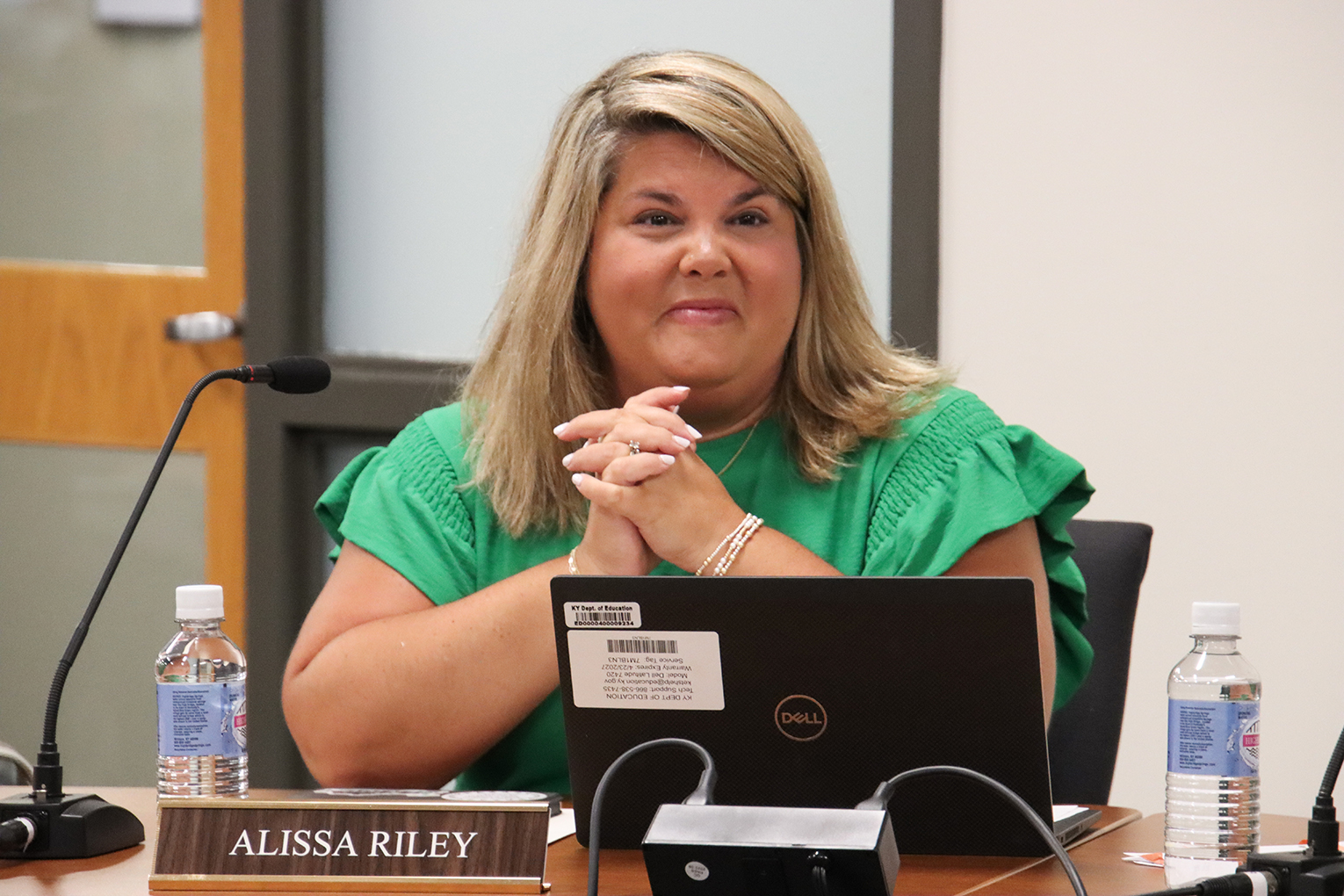
Torri Lee Martin
I went to a required professional development (PD) session recently where I was basically shown how to access my Google Drive and Google Classroom and how I might consider the best way to use these resources in my classroom.
I am Level 2 Google certified – this means I know my way around Google and its products. I spent my off hours pursuing this certification in order to be more effective in the classroom, and yet here I was, learning the equivalent of where the computer’s “on” switch is located.
To say that I was frustrated is an understatement. And I am not alone. Teachers as a group are perennial students. We spend a great deal of our personal time honing our skills and seeking out resources. We continue to take classes to learn new technology and to grow our teacher toolkit so we can better help our students. Despite what you may see in the news or movies, we are neither martyrs nor sloths; we are professionals who work to refine our craft.
The reality of modern day educational PD is that it is not tailored to teachers as individuals. It is funny that in a profession where “personalized learning” and “differentiation” are considered necessary to reach students, we, the ones in charge of providing these same services in our classrooms, are not afforded an equal level of intentional professional education.
I am currently in a district that is launching several lofty initiatives. They are good ones with the students’ best interests in mind. They are really not new, but call upon past practices that didn’t stick. There is a reason for that, and it has to do with the professional development that surrounded these initiatives and the profession as a whole. It is generally geared to a beginning-level, repetitive, applied with blind uniformity and too short.
While seemingly daunting, we can fix professional development. In fact, the workshop model is perfectly suited to help.
The workshop model, introduced by Lucy Calkins at Teacher’s College Columbia, is focused on being student-centered. It divides class time into three portions: the mini-lesson, work time and reflection. It is what occurs during these components that makes a profound difference.
The mini-lesson is when direct instruction occurs, teaching students the new skills they need to move forward. It takes up roughly 25% of class time. Work time should be 50% of class time, when students work as a group or on their own to tackle math problems, work on investigative labs or craft written responses. It is the heavy lifting of the day – putting into practice what students have learned.
The final 25% of class is set aside for reflective discussion: sharing what students have learned, asking for feedback or posing a final question of the day to assess understanding and plan for the next day. Done correctly, it fits nicely inside the wheelhouse of project-based learning (PBL), i.e. learning through tackling real problems, working with experts in the field and self-created learning experiences.
Do you know what is a real world problem just waiting to be tackled? Teaching in a classroom. Do you know where there is a large pool of experts in the field? In a school. Do you know who creates their own learning experiences every day? Teachers trying to navigate the needs of their students and their districts.
Why can’t our professional development take the form of the workshop model? Why can’t we have authentic project-based learning experiences as teachers and have it count as our mandatory PD? We can, and that is what I have been working on in my school.
My first step was to survey the needs of my peers. It is one of the basics of teaching – pre-assessing what students know, need to know and want to learn – but it is rarely done for teachers. I found that my colleagues were overwhelmed with all of the new initiatives that our district had launched. They were excited and curious about them, but there were simply too many things to do and too little support to do them.
Next, I asked who was ready to go on this journey with me. Effective grassroots change begins with working with the willing. We set up a format (meeting bi-weekly), an agenda (a mixture of teachers presenting their own project-based learning ideas and asking for feedback and special topic sessions), and a purpose (to more effectively implement our school’s and district’s initiative in a proactive and positive way). All of this was done on our own time and for free.
We created teacher-centered PD! We come together for mini lessons (e.g., let’s look at scaffolding) and then break into our work time (e.g., implementing our PBLs in the classroom) and then come back together for reflection (e.g., did I hit the mark with that standard?). This is the same workshop model we implement in the classroom, but it was revolutionary because it was for us, by us, and the impact was amazing. Every single person involved has said: “This is what we need, this is helpful, this makes my classroom more effective and joyful.”
The formula is simple: ask what is needed, use the experts in the building, put it into practice and then come back together to reflect. It is instant, personalized, differentiated and cost-effective professional development. All it takes is a willing building coordinator and for the administration to provide PD hours.
And just think, as we work out the kinks, everything can be archived and offered to provide support for other communities of teachers and schools. We can make professional development a joyful and meaningful experience. We just have to trust teachers, just like we trust our students every day.
Torri Lee Martin is a middle school mathematics teacher with the Jefferson County public school system. She earned her bachelor’s degree from the University of Virginia, a master’s degree from the University of Kentucky, a master’s degree in middle school mathematics from the University of Louisville and received a K-12 gifted endorsement from Western Kentucky University. She is a National Board Certified Teacher and cohort member of KyCTEPS (Classroom Teachers Enacting Positive Solutions).



I agree, it’s especially frustrating as a substitute, to walk in and know that a teacher has technology and I can’t access it properly!